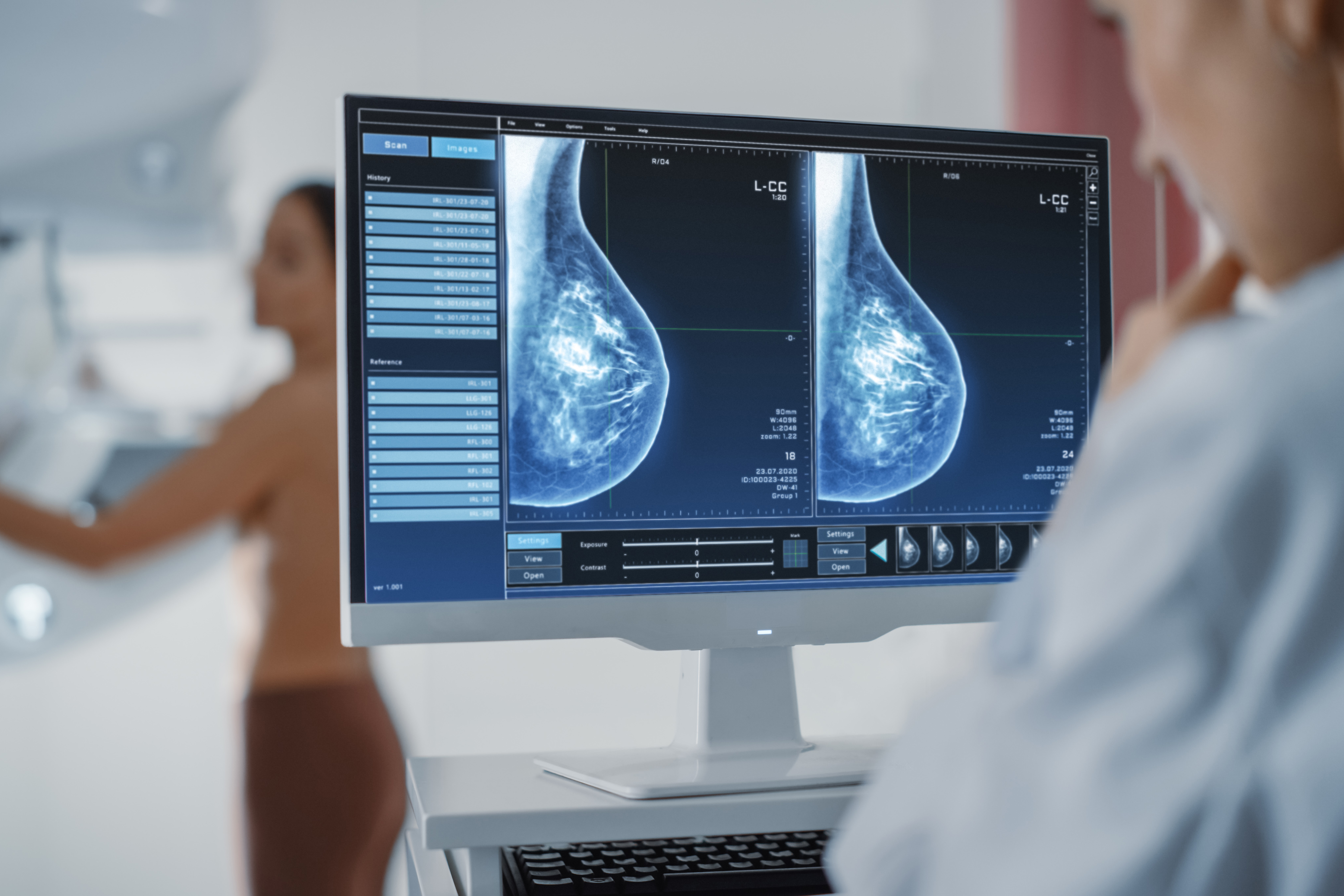Understanding the Different Types of Mammograms
Aside from skin cancer, breast cancer is the most common cancer in today’s society. Therefore, treatment therapies are developing rapidly to improve testing technology. Moreover, scientists are reducing cancer-related deaths through many detection procedures.
A mammogram is a screening process where you must go through a low-dose X-ray or proton ray. It helps you to detect if you have cancer in your breast early. The lab technicians also use mammography to observe any new abnormalities in your breast, such as lump, nipple discharge or breast skin change.
There are several types of mammograms available. In most cases, doctors find the stage benign or noncancerous. However, less than 1 in 10 people need further tests after a mammogram.
What are the Different Types of Mammograms?
There are different types of mammograms in pathological treatment. Some of it is highly effective, and some are not. So let’s check out the varieties of mammograms.
Film-Screen Mammograms
If you are concerned about your breast issues and want to get checked up annually, you must go for a film-screen mammogram. It is a routine mammogram which you can usually go for annually. It provides you with a report without having signs or symptoms of breast cancer. A film-screen mammogram detects your possible medical disorder early and helps you to prevent the crisis. You can treat yourself from the beginning, which is more effective than cancer found at a later level.
A film screen mammogram usually provides at least two pictures of each breast. It takes pictures from different angles, especially from the top and bottom side to side. You may need additional images if you have other breast implants.
Diagnostic Mammogram
Diagnostic mammograms are the second part of your test. You need to do the mammogram if your screening mammogram found some abnormality with the breast tissues. Moreover, it helps to detect whether there are some other new breast tissues.
Both mammograms use the same machine to make test reports of you. However, there are some additional techniques and equipment used in diagnostic mammograms. It includes spot compression, supplementary angles or magnification views. Moreover, a radiologist supervises the whole process and takes care of your screening.
2-D Mammogram
There are two types of mammograms available for you. Many renowned institutes, such as Apollo Hospitals, provide the facility to detect breast cancer through mammograms. 2D mammograms provide you with a two-dimensional picture of your breast. It allows the radiologist to detect cancer through slices in mammography sheets. The lab technicians compress your breasts between two flat plates, which may hurt you a little. The 2D mammogram needs about 0.4 millisieverts or mSv to make a perfect report. Though it depends on the expertise of the lab technician, usually the process of 2D screening takes 30 minutes. You have to keep in mind not to use any makeup products before your 2D mammogram. Otherwise, it may result in a false report.
3-D Mammogram (Tomosynthesis)
According to the present public review, 3D mammograms are the best type of mammogram for all. 3D mammogram, also known as Digital breast tomosynthesis (dbt), is one of the new types of mammograms where you can get a 3D dimensional report instead of 2D. Similarly, like 2D mammogram testing, you need to compress your breasts in a machine which takes multiple low-dose X-rays. It moves in an arc over your breasts. It then puts a clear 3D visualization of your breasts which helps your doctor to understand the clear image of your breast tissues.
There are so many institutions that have clearly said in their studies that 3D mammograms are a gift of current medical science and technology. It not only helps to detect cancer in your breasts with fewer false-positive rates but also detects lower-grade cancer. However, like the 2D mammogram, it also may give you a little pain while compressing your breasts. But it is not harmful at all to your health. It is also the best type among all types of mammograms available if you have a dense breast. Moreover, it helps you to detect a cyst instead of a tumour in your breast.
How is a Mammogram done?
A mammogram machine works along with an X-ray machine in every lab. It is designed only to observe the breast tissues. The machine allows the X-rays to take in a low volume in your breast tissues which is lower than the used in bone x-rays.
You need to place both breasts on a support plate, usually attached to the x-ray machines. A lab technician after that used to squeeze your breasts with a parallel plate. The plate is called a paddle. Then the machine produces x-rays in a lower dose through your breasts to detect your tissues. The rays reach the detectors located on the opposite side of the machine. The detector transmits electrical signals to a desktop to make a digital image of your breasts. You can have your mammograms in such a few steps.
Breast compression is the must-doing process for the whole screening. If you maximize your movements and can’t hold your breasts still, it causes a false mammogram report. Moreover, you may get a blurry view of your mammogram, which you never expect. When you compress your breasts, it helps to make a short path for the radiation to detect your tissues. You only need to stay quiet and move less if you want an excellent mammographic report.
Conclusion of Types of Mammograms
In conclusion, you have got an idea of the different types of mammograms available. However, mammogram screening has its disadvantages which you must know. The overuses of mammograms may damage your lively breast tissues. If you annually make mammogram reports, you may face some other critical problems, which may not be cancer. Anyways, above all, you must consult with your doctor if you notice any type of tumours or disorders in your breast areas. Only after consultation do you need to go for a mammogram.

Copyright © 2023 Apollo Proton Cancer Centre. All Rights Reserved





